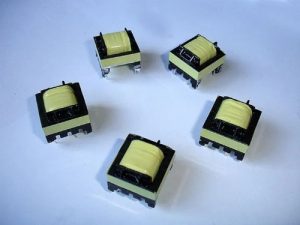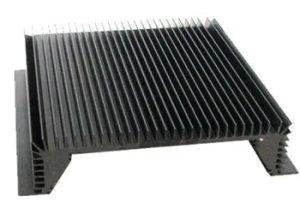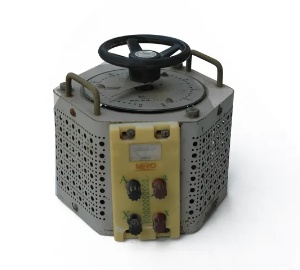Electronic Components Supplier | Transformers, Inductors, Inverters
Introduction
A 30 kVA transformer is a versatile and widely used electrical device designed to step up or step down voltage levels for various industrial, commercial, and residential applications. With its moderate power capacity, it serves as an efficient solution for small to medium-scale power distribution. This guide explores its technical specifications, common uses, selection criteria, and advantages to help businesses and engineers make informed decisions.
What is a 30 kVA Transformer?
A 30 kVA (kilovolt-ampere) transformer is a medium-capacity transformer that can handle 30,000 volt-amperes of electrical load. Depending on its design, it can function as a:
-
Step-up transformer (increases voltage for transmission)
-
Step-down transformer (reduces voltage for end-use)
-
Isolation transformer (provides electrical separation for safety)
Key Specifications
-
Primary & Secondary Voltage: Common configurations include 480V to 120/240V, 220V to 110V, or 11kV to 415V
-
Single-phase or Three-phase: Suitable for different power systems
-
Efficiency: Typically 95-98%, depending on design and load
-
Cooling Method: Oil-cooled or dry-type (air-cooled)
-
Insulation Class: Usually Class B, F, or H for thermal stability
Common Applications of 30 kVA Transformers
Due to its balanced power handling, a 30 kVA transformer is used in:
1. Industrial Applications
-
Machinery power supply (CNC machines, motors, control panels)
-
Manufacturing plants requiring stable voltage regulation
-
Renewable energy systems (solar/wind farms with grid integration)
2. Commercial & Residential Uses
-
Shopping malls, hospitals, and offices needing backup power distribution
-
HVAC systems and large electrical appliances
-
Home power systems in areas with unstable grid voltage
3. Specialized Applications
-
Telecom towers requiring reliable power isolation
-
Railway and marine power systems
-
Data centers for voltage stabilization
How to Choose the Right 30 kVA Transformer?
Selecting the best 30 kVA transformer depends on:
1. Voltage Requirements
-
Match input (primary) and output (secondary) voltage levels.
-
Example: 480V to 208V for industrial equipment.
2. Phase Configuration
-
Single-phase for smaller loads (residential/commercial).
-
Three-phase for heavy-duty industrial machinery.
3. Cooling & Protection
-
Dry-type transformers for indoor, fire-safe environments.
-
Oil-cooled transformers for outdoor, high-efficiency needs.
4. Efficiency & Standards
-
Look for IEEE, IEC, or ANSI compliance.
-
Energy-efficient models (DOE 2016, EU Tier 2) reduce operational costs.
Advantages of Using a 30 kVA Transformer
-
Compact & Cost-Effective: Ideal for small to medium power needs.
-
High Efficiency: Minimizes energy losses in voltage conversion.
-
Versatile Applications: Suitable for industries, businesses, and homes.
-
Reliable Voltage Control: Protects sensitive equipment from surges.
Conclusion
A 30 kVA transformer is a flexible and efficient solution for various power distribution needs. Whether for industrial machinery, commercial buildings, or renewable energy systems, selecting the right type ensures optimal performance and energy savings.









